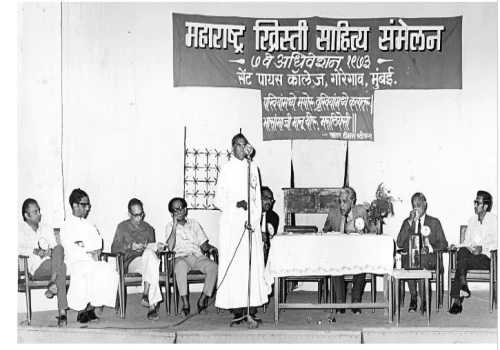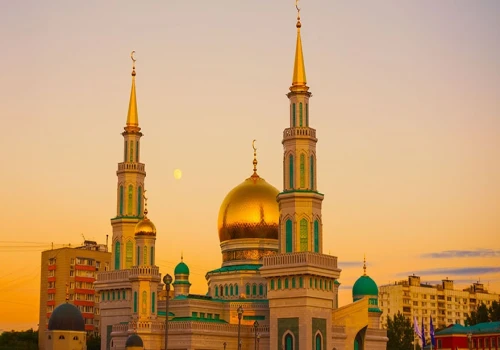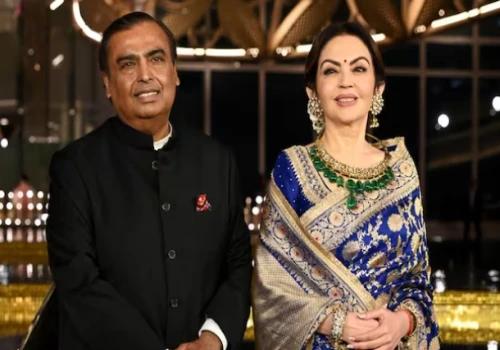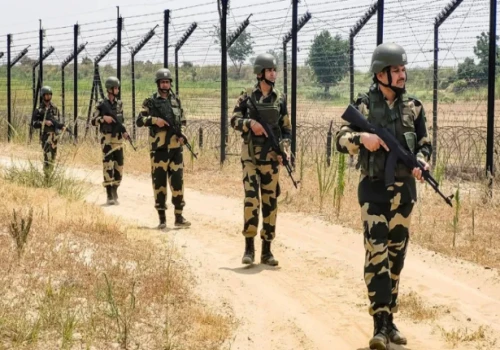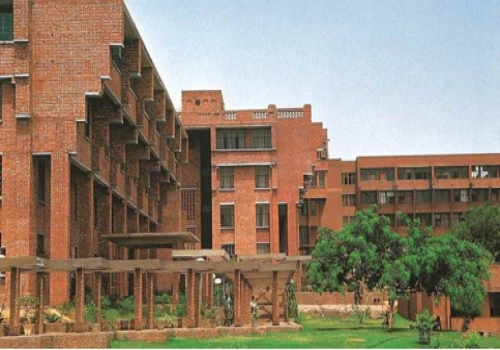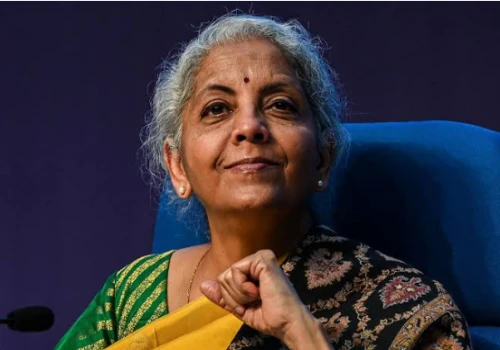
Satyajit Ray, the greatest filmmaker in world cinema history, stands as a dominant figure in Indian literature and arts. A film director, playwright, illustrator, and music composer, Ray's profound humanity, visual elegance, and storytelling richness transcended regional cinema to reach global fame. Born to a culturally evolved family of Bengalis, his heritage affects generations of artists and filmmakers today.
Background, Early Life, and Career
Lineage and Early Life:
Satyajit Ray was born on 2 May 1921, in Calcutta (now Kolkata), West Bengal, to a distinguished family of Bengali intellectuals. His grandfather, Upendrakishore Ray, and his father, Sukumar Ray, were both well-established writers and publishers. Upendrakishore and Sukumar Ray lost their father early and were brought up by their mother, Suprabha Ray. Ray studied at Presidency College and then Visva-Bharati University in Santiniketan, which was established by Rabindranath Tagore, where he studied Eastern aesthetics and art.
Visual Artist and Designer:
Before he entered films, Ray was a commercial artist. He was a talented illustrator and typographer who designed book covers and layout for the famous publishing company, Signet Press. His calligraphic taste and sense of design would subsequently find outlet in his film titles and posters.
Film Career
The Apu Years (1950–1959):
Ray's first feature film, Pather Panchali (1955), opened the way for Indian cinema. The film, taken from Bibhutibhushan Bandopadhyay's novel, offered a neo-realist style with poetic depth and emotional richness and chronicled rural Bengal in the 1920s. The film won international honours, such as Cannes's Best Human Document award. The Aparajito (1956) and Apur Sansar (1959) completed the celebrated Apu Trilogy.
From Devi to Charulata (1959–1964):
It saw Ray's attempts at social concerns, gender stereotypes, and human relations' fine shades. Amongst his noteworthy productions of the era were Devi (1960), Teen Kanya (1961), and Charulata (1964), Ray considering the latter as his perfectionist film. Such films placed him firmly among film directors known to marry compassion with cinematic touch.
New Directions (1965–1982):
In the next few decades, Ray expanded his genre of storytelling. He made movies such as Nayak (1966), a psychological study of a movie star's inner turmoil, and Aranyer Din Ratri (1970), depicting the dislocation of urban youth. His political critique was more intense in movies such as Pratidwandi (1970) and Jana Aranya (1976), forming the "Calcutta Trilogy."
Final Years (1983–1992):
Despite declining health, Ray continued making significant films. Ghare Baire (1984), which was based on Tagore's novel, and Shakha Proshakha (1990), depicted moral and generation conflicts. His final film, Agantuk (1991), was a philosophical search of modern existence and identity.
Literary Works, Calligraphy, and Style
Ray was a prolific writer too, especially in Bengali fiction. He devised the famous detective figure Feluda and the quirky scientist Professor Shonku. His works, for both children and adults, are loved for their imagination and intelligence. He was also an accomplished calligrapher and designed his own posters and covers for films as well as books, showcasing his varied creative skills.
Ray's cinema style incorporated realism interwoven with lyrical storytelling. Influenced by Italian neorealism, he developed a very Indian cinematic style, where character was more important than spectacle and emotion more than melodrama. He often composed music for his films and was most particular about details.
Critical Reception and Legacy
The films of Ray were greeted with international approval and received accolades at the Cannes ceremony, the Berlin festival, the Venice festival, and numerous others. In 1992, a year before his death, he won the Academy Honorary Award, being the first Indian to do so. He was posthumously awarded the Bharat Ratna, the country's highest civilian honor, domestically, the same year.
His residence at 1/1 Bishop Lefroy Road in Calcutta is a cultural pilgrimage point now. The Satyajit Ray Film and Television Institute at Calcutta, established in 1995, honours his legacy by developing future generations of filmmakers.
Conclusion
Satyajit Ray's legacy is titanic — not simply as a director, but as a complete artist who used cinema as a tool of cultural expression and human self-examination. His work remains eternally contemporary, inspiring auteurs like Martin Scorsese, Akira Kurosawa, and Wes Anderson. The world learned not just of a cinema maestro in Ray but also of a philosopher in camera shape.



